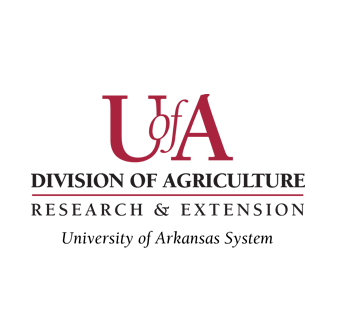Keywords
blackberry firmness, blackberry breeding, postharvest storage, red drupelet reversion (RDR)
Abstract
A major objective of the University of Arkansas System Division of Agriculture (UADA) Fruit Breeding program is to improve the texture of blackberry (Rubus subgenus Rubus Watson). Blackberry varieties with improved fruit firmness transport and store well and may maintain superior quality under challenging postharvest conditions than softer varieties. Increased firmness may also make cultivars less susceptible to red drupelet reversion (RDR), a postharvest disorder of blackberries in which fully black drupelets revert to red after harvest. This research project aims to assess the efficiency and accuracy of three methods applied in evaluating blackberry firmness. The study compares instrumental analysis using the TA.XT Plus Texture Analyzer, the newly introduced FruitFirm® 1000, and subjective firmness ratings that have been used in the program for over a decade. Significant differences in firmness were found among the 10 UADA blackberry breeding selections included in the study using all three texture analysis methods. The results for the FruitFirm® 1000 were strongly correlated (r = 0.72) with the TA.XT Plus results, and the FruitFirm® 1000 was able to process fruit ten times faster than the TA.XT Plus. These results suggest that the FruitFirm® 1000 has strong potential for use in large-scale analysis of blackberry texture. The findings aim to accelerate high-quality, commercially competitive public releases from the UADA Fruit Breeding Program by optimizing selection for improved commercial shipping of blackberry cultivars.
Recommended Citation
Brock, R. M., Johns, C., Lust-Moore, K., & Worthington, M. (2024). Evaluating Efficiency and Accuracy of Three Texture Analysis Methods for Blackberry Fruit. Discovery, The Student Journal of Dale Bumpers College of Agricultural, Food and Life Sciences, 25(1). Retrieved from https://scholarworks.uark.edu/discoverymag/vol25/iss1/6
Included in
Agribusiness Commons, Agricultural Economics Commons, Agricultural Education Commons, Agronomy and Crop Sciences Commons, Animal Sciences Commons, Botany Commons, Communication Commons, Entomology Commons, Environmental Studies Commons, Family and Consumer Sciences Commons, Food Science Commons, Horticulture Commons, Nutrition Commons




